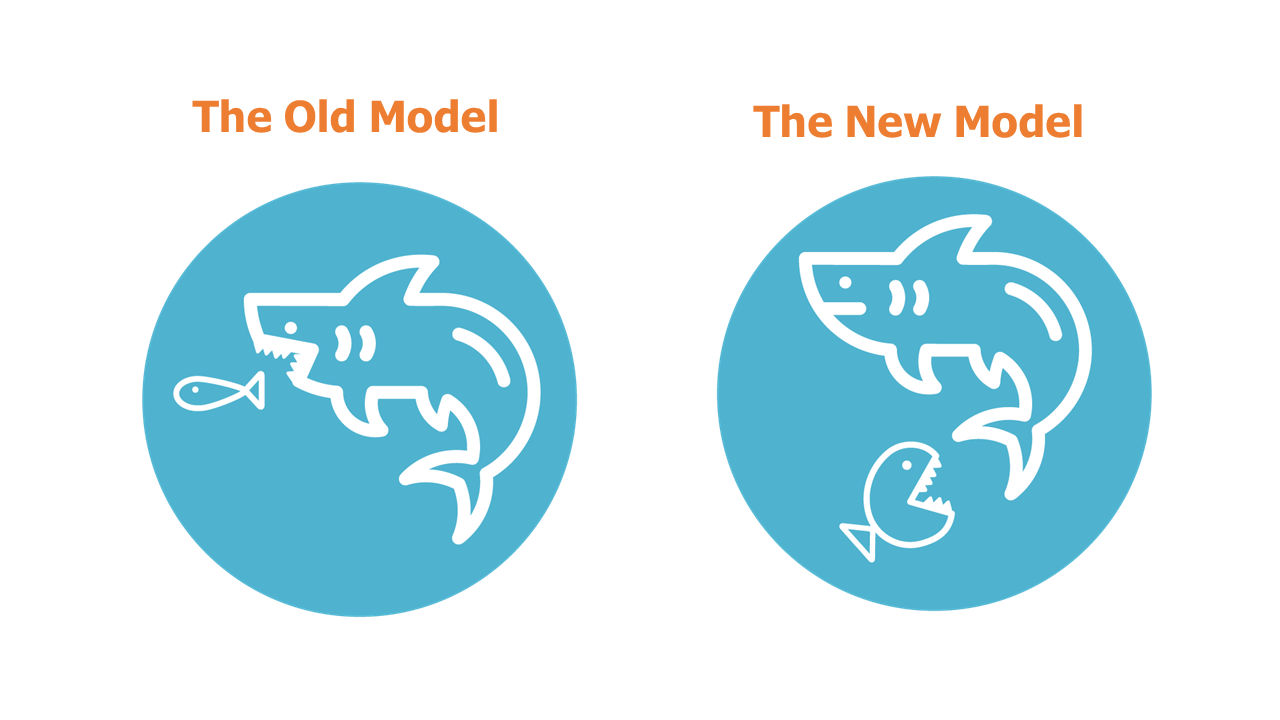Budgeting for Innovation
Budgeting for Innovation
Budgeting for IT innovation is shaping up to be one of the biggest challenges facing business leaders. Major disruption from new technology is being felt in every industry of every size. While the pressure to “transform or perish” is mounting, advancements in technology have also opened new opportunities for mid-market organizations to gain market share in ways that were unimaginable less than a decade ago. In today’s fast-paced world, it’s no longer the big that eat the small. It’s the fast that eat the slow!

Creating Space in Your IT Budget for Innovation to Happen
While most business leaders recognize the importance of IT innovation, their IT budget tells a different story. Research from Forester suggests the average CIO spends 72% of their budget on existing IT concerns, while only 28% goes to new projects and innovations. So how can an organization seize innovation opportunities that will create tomorrow’s success without disrupting the mission-critical systems that are keeping the business running today?
Here are three key considerations to ensure your organization is creating space for innovation to happen.
1) Eliminate Legacy Systems
The money wasted on legacy systems is one of the biggest barriers to increasing the speed of innovation within your organization. In fact, 9 out of 10 IT decision-makers across all industries claim legacy systems are preventing them from harnessing the digital technologies they need to grow.
One of the most notable examples of this is the federal government, which spends around three-quarters of its $80 billion budget on just keeping legacy systems running. These archaic systems are not only expensive to maintain but also more open to security attacks. IT experts predict that, if the issue of legacy technology is not addressed, it could lead to a crisis that is much bigger than Y2K ever was.
The healthcare industry is another example, where 90% of hospitals still use pagers and overpay 45% despite widespread use of smartphones and other mobile devices.
Examples like these are pervasive and not just reserved for long-established sectors. While replacing deep-rooted legacy systems can be risky and unpredictable, keeping them running is far riskier. The good news is that modernization isn’t an all or nothing approach. It can easily scale in controlled, cost-effective stages, paving the way for future enhancements.
2) Change Your Budgeting Mindset
While the need to innovate has reached its inflection point, practices around budgeting have remained relatively traditional in nature, often lacking the flexibility to accommodate bursts of innovation that must occur more frequently to support the business.
Budget conversations often start and end with a discussion of “CapEx” vs. “OpEx.” This distinction is important in support of an exit or tax strategy, or to satisfy the auditors, but it is critical to go beyond it. In order to modernize IT budgeting strategies to align with the business needs, CEOs must gain a greater awareness of the ongoing maintenance costs of their IT system and how these costs will allow for more realistic discussions when considering new initiatives.
Ultimately, IT spending is not just about dollars; it’s about time-saving labor and closing the security gaps. As technology continues to become more integrated into every layer of business, organizations should stop focusing on how to keep costs down, but rather view IT as an investment in the organization’s future.
3) Build a Strategic Roadmap
Rapid innovation is not linear; it comes with agile possibilities to change course. Therefore, we often refer to our strategic approach to digital change as a roadmap rather than a project with a clearly marked start and end point in time.
To reap the benefits of a strategic roadmap, it’s important to prioritize the real business and customer challenges first. Know that new technologies and changing competitor landscape will offer new opportunities and challenges that may change your end goal. Thus, you must also budget for uncertainties and risks that would allow your business to capitalize on new opportunities as they arise while also avoiding disruption in the process.
When done right, your IT investments will be more aligned with both the business’ long-term and short-term goals and more resilient to the fast-moving digital future.
Does your IT budget reflect the need for innovation and rapid change? Do you have enough funds set aside to give you the agility to change course if needed? If you’re interested in learning more about how to establish a strategic roadmap that helps to align your IT investments to the technologies that will have the greatest impact on your business, contact us to discuss your unique IT challenges and how we can help you prepare for rapid change and sustained long-term success in these unpredictable times.


SHARE